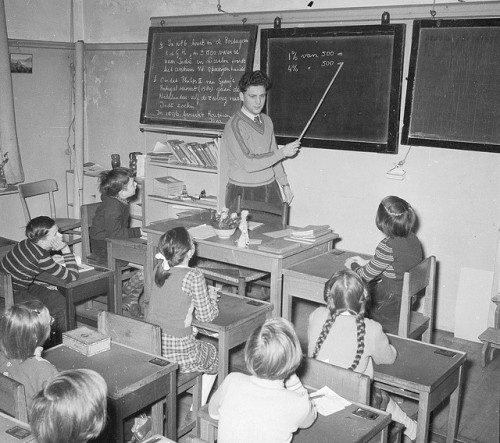This week I corresponded with three individuals involved in the Special Education Process: a regular education teacher, a special education teacher, and a parent. They discussed with me the process of identifying learning disabilities.
The regular education teacher admitted she did not have as much information to share on this topic. The special education teacher provided the IDEA definition of learning disabilities, “A disorder in one or more of the basic psychological processes involved in understanding or in using language, spoken or written, that may manifest itself in an imperfect ability to listen, think, speak, read, write, spell, or to do mathematical calculations, including conditions such as perceptual disabilities, brain injury, minimal brain dysfunction, dyslexia, and developmental aphasia.”
The parent shared her experience of finding that her son was not performing well on school work and seemed frustrated, however, her son was bright and doing well with other development. She discussed this with the teacher, and they decided to proceed with a screening. This part included vision and hearing screenings, as well as some other tests. Eventually this led to a referral to specialist, which diagnosed her son as having a learning disability.
The special education teacher shared there are a variety of assessments that are used in diagnosing children with learning disabilities. These included ecological, portfolio, individualized intelligence tests, and individualized achievement tests. These tests reveal the child’s skill levels in reading, math, and written language. Most tests look at the children’s deviation from the norm, which can qualify the student for services when there is a variance between the child’s IQ level and their achievement levels.
Students go through a complex process to be diagnosed with learning disabilities. This process is full of tests and can only be started with parents and teachers working as a team to benefit the child’s education. Please let me know of your experiences:)

